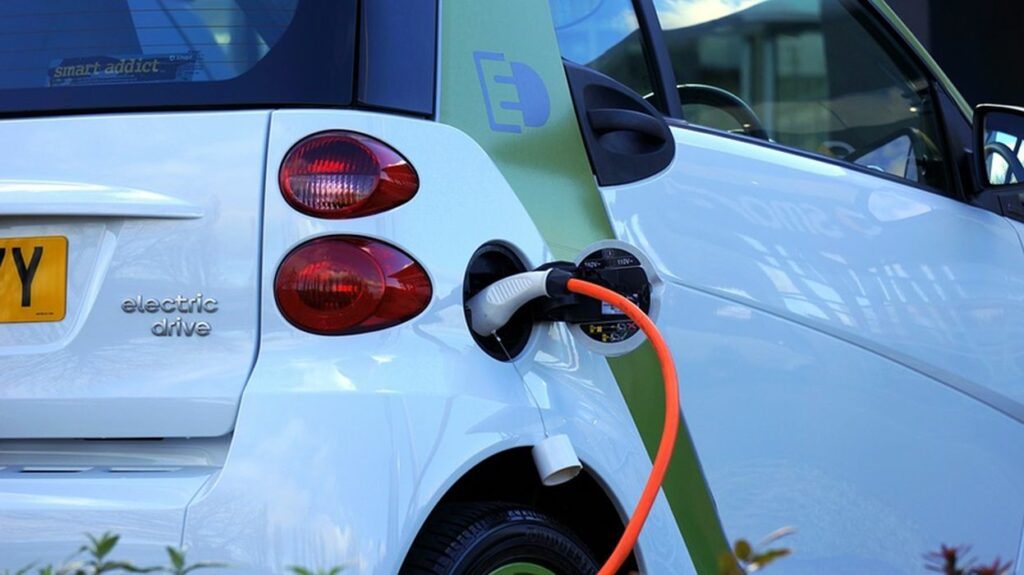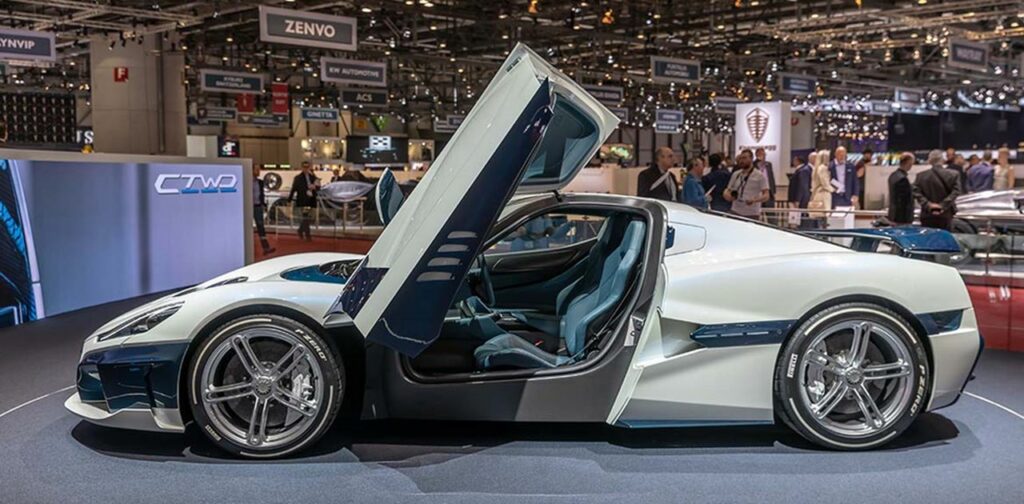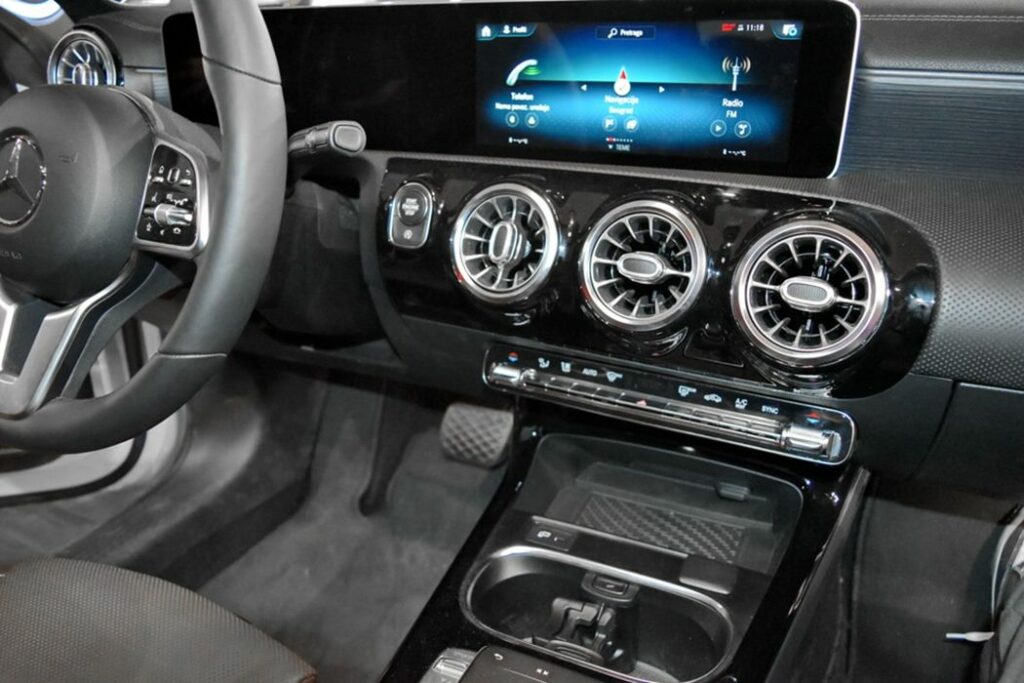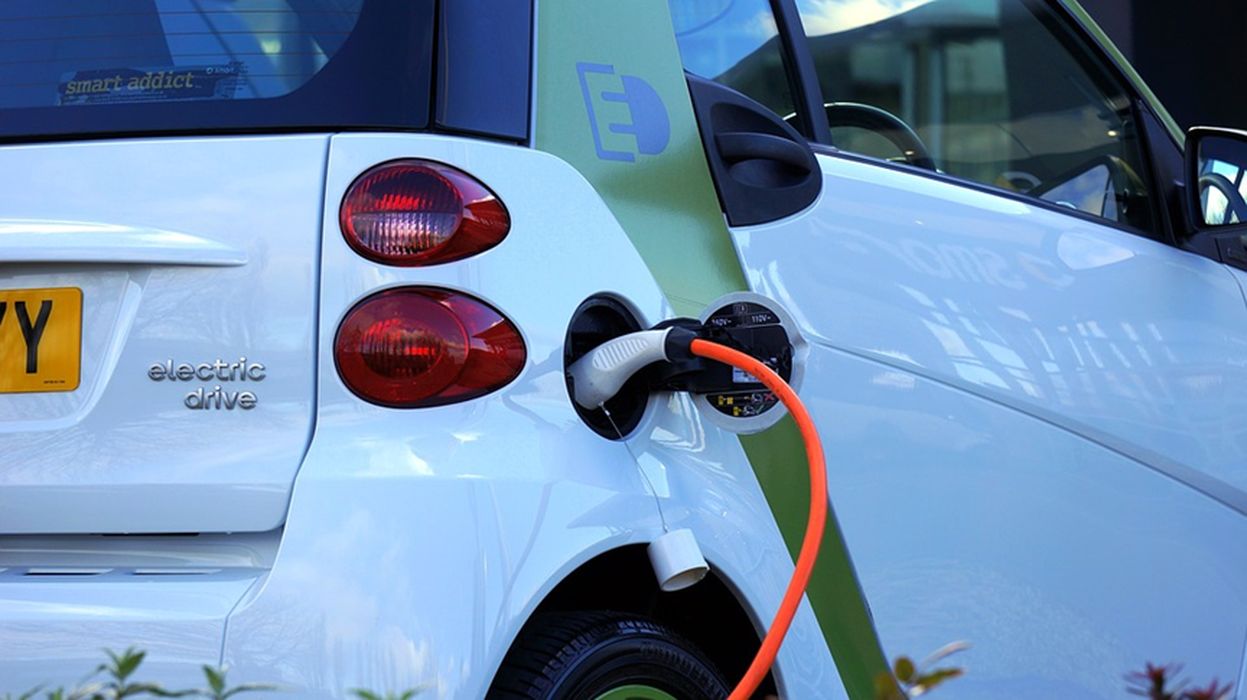
Charles R. Goulding and Julia Wallace review thoughts from a panel discussion on the use of AM in the automotive industry.
The “Innovation in the EV Ecosystem with Polymer Additive Manufacturing” webinar took place on June 9, 2022. Aaron Delong and Wes Kramer from HP discussed the benefits of Multi-Jet Fusion (MJF) 3D Printing in the auto industry.
Supply and Demand
The auto industry is heavily impacted by the supply chain shortage, as are most American industries. Silicon chips are not being produced fast enough, and shipping times have increased almost ten-fold in the last year alone.
This impacts the electric vehicle industry just as much as the traditional auto industry. It is estimated that 50-80% of new auto sales will be electric vehicles by 2035, and nearly 400 new EV models will be launched in the next 8 years. This boom will strain the development cycle and tooling and materials required to make prototypes.
Aaron Delong, a 3D printing application development manager, explained that the best way to accelerate product cycles is to enable digital development process from concept to customer, allow multiple low-cost iterations, reduce total build time, and have more analytical tools.

Increasing the use of additive manufacturing is a huge step toward these goals. Many auto manufacturers, including BMW, Jaguar, and GM, are already using 3D printed parts in their cars, and have been for years; Stellantis is using the technology to make customized car accessories, as well. The spare parts market is worth US$288B in the U.S. alone, and 3D printing these parts only when needed would reduce the waste and emissions of this massive industry.
HP’s MJF printing technology allows for a variety of materials and uses. The materials include rigid polymers, such as PA12, as well as elastomers, like TPU. The printers are very advanced and can often be used in replacement of or in conjunction with injection molding.
For example, specific parts of the air conditioning system in an EV could be modeled in CAD and tested before being printed. Engineers run simulations to test the fluid dynamics, part combination, and chemical resistance before even creating a prototype.
This design freedom is both cost-effective and innovative. Many other aspects of EV design can benefit from this freedom as well, using both the computational and generative design that comes with the use of additive manufacturing.
Texturing

Wes Kramer, a 3D printing application engineer, spoke on the aesthetic benefits of using 3D printing to achieve “Class-A” surface finish. Texturing makes it much harder for a user to find inconsistencies in a surface, creating an intentional pattern for the user to focus on.
Injection molding is commonly used for this purpose, like creating a leather grain on the dashboard of a car, which also raises the perceived value of the vehicle. The number of texture designs produced by traditional manufacturing is very limited, but additive manufacturing makes it quite literally limitless.
The design library comes largely from the movie industry, where CGI is used to make real-life textures look as realistic and high-definition as possible on the big screen. Many textures are not even possible using injection molding, such as through-holes and custom designs, which can be scaled down as much as the user wants (such as the example Kramer showed with the HP logo shrunk down and turned into a subtle pattern on a printed part).
This tremendous design freedom allows designers to create incredibly unique textures, or to match the finished texture of injection molded parts to that of the 3D printed parts, creating a virtually seamless transition between materials.
The Research & Development Tax Credit
The now permanent Research and Development (R&D) Tax Credit is available for companies developing new or improved products, processes and/or software.
3D printing can help boost a company’s R&D Tax Credits. Wages for technical employees creating, testing and revising 3D printed prototypes can be included as a percentage of eligible time spent for the R&D Tax Credit. Similarly, when used as a method of improving a process, time spent integrating 3D printing hardware and software counts as an eligible activity. Lastly, when used for modeling and preproduction, the costs of filaments consumed during the development process may also be recovered.
Whether it is used for creating and testing prototypes or for final production, 3D printing is a great indicator that R&D Credit eligible activities are taking place. Companies implementing this technology at any point should consider taking advantage of R&D Tax Credits.
Conclusion
HP’s Multi-Jet Fusion printers come with the necessary build manager software and API. Lots of 3rd party software is also used for design, such as the movie industry’s texture library. The pieces created will last about as long as traditionally manufactured parts would, but can be ground up and recycled (HP has a partnership with Smile Direct Club, where the material is reused to create custom molds). The use of additive manufacturing with machines such as these has already proved to be a huge asset to many industries, and it will likely continue to be used to advance the electric vehicle industry through the supply chain shortage.

